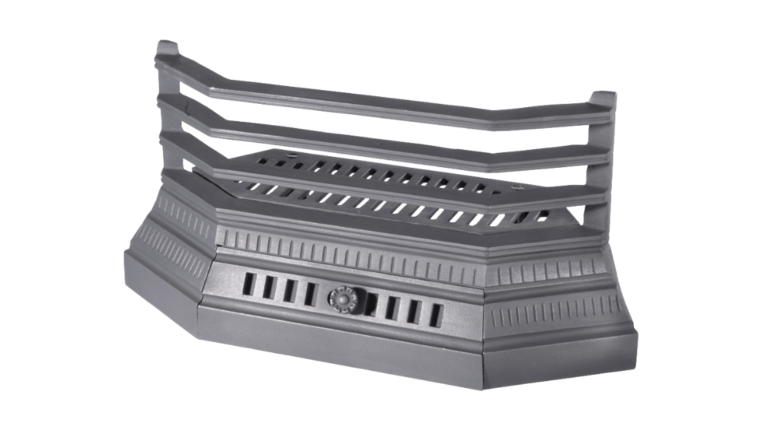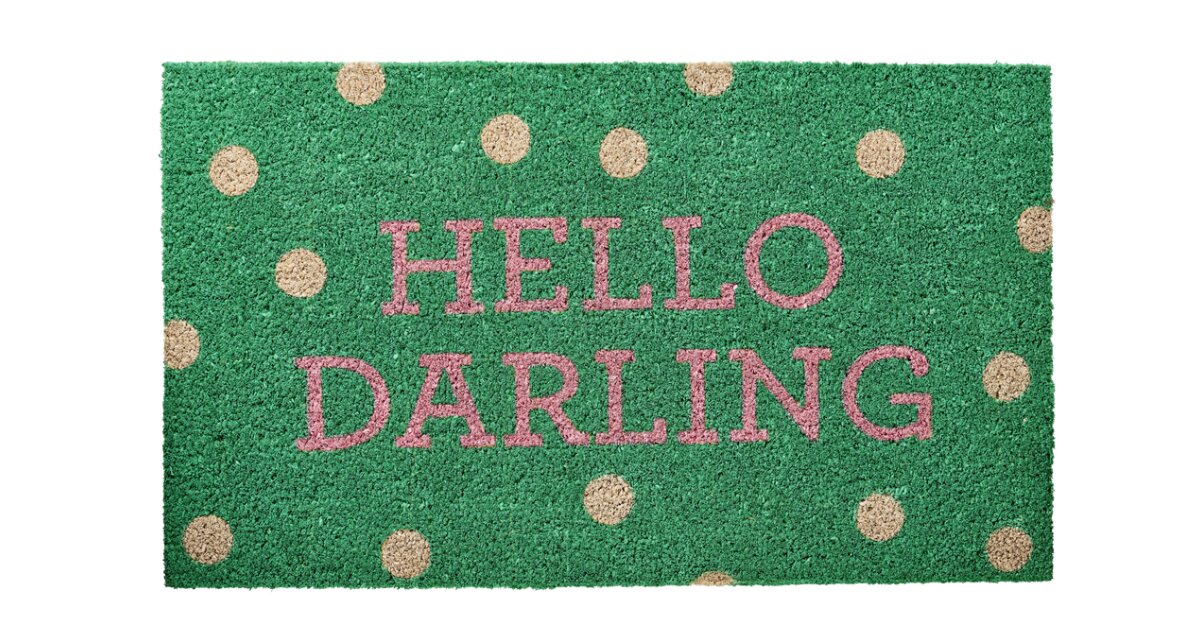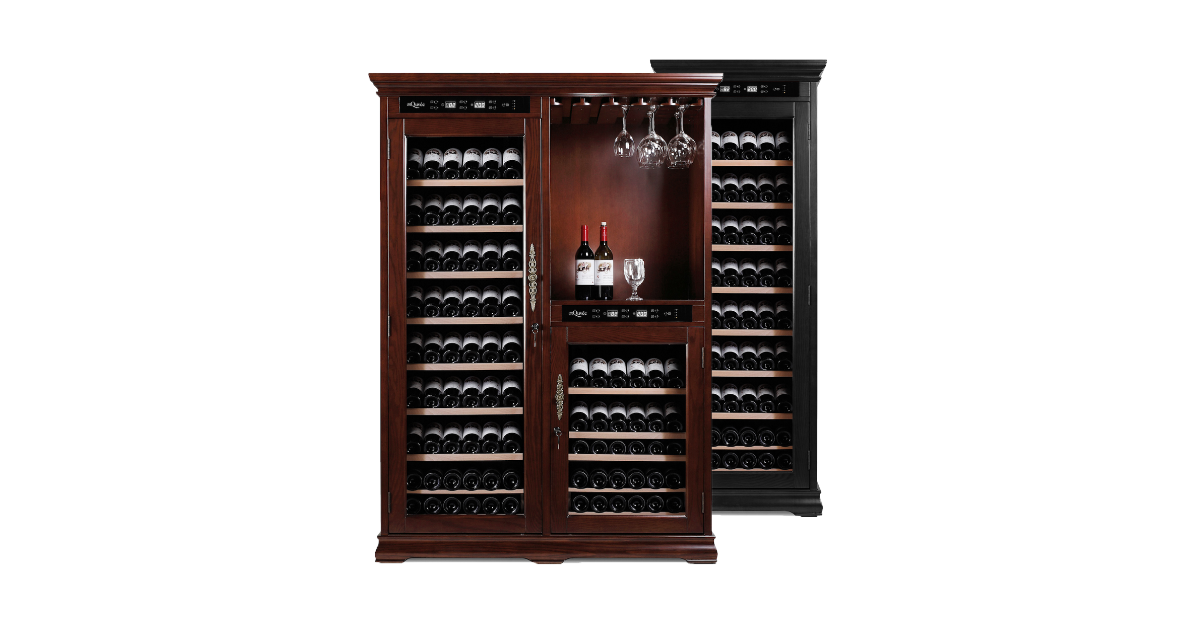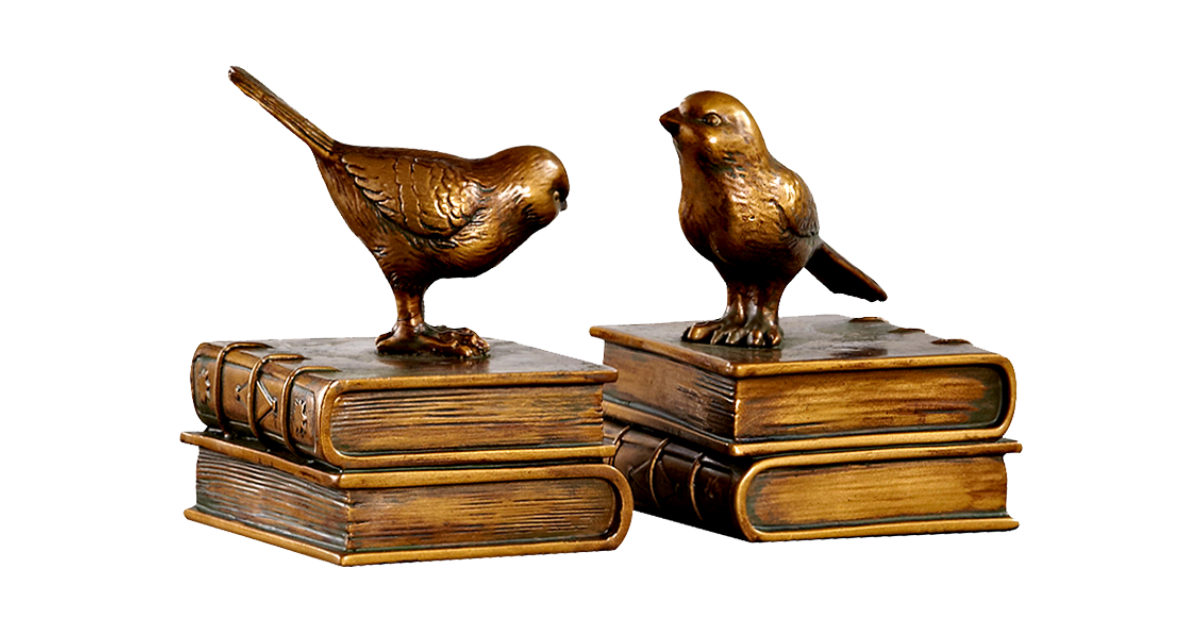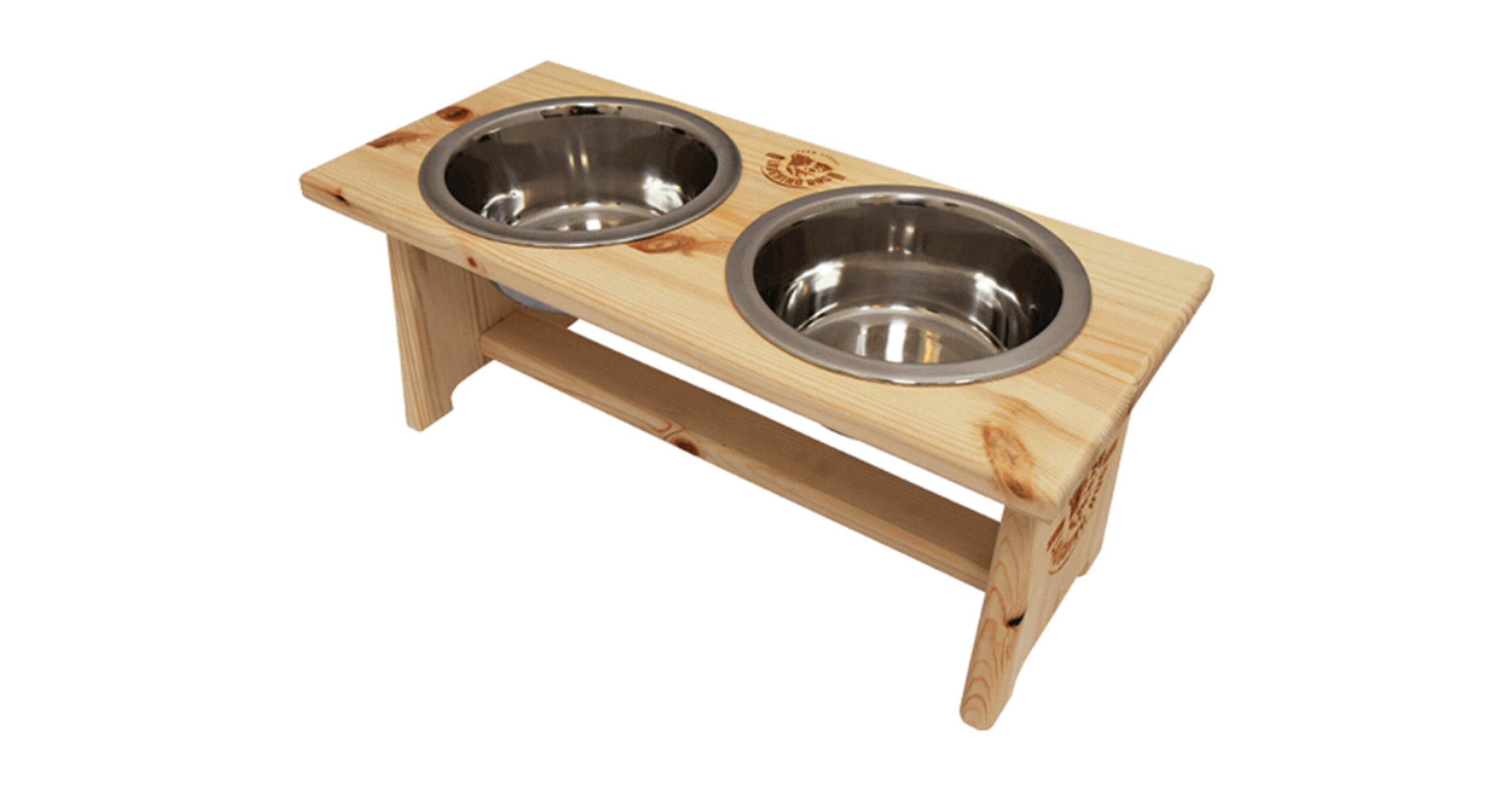In cold regions, people use fireplace grate to increase the movement of air around the fire in their fireplaces. This allows the wood to burn more efficiently and evenly. Typically, the manufacturers use either cast iron or steel as materials for making fireplace grates. If you build daily fires, it would be a good idea to choose the thickest and heaviest one. A grate of cast iron is the best option.
You must be careful not to overload the grate to avoid adding wood later. As the fire increases in intensity, you can add larger logs. Reserve the small logs for the next fire. To protect your hands from heat and splinters, wear gloves before filling the grate. Here are the steps for using a fireplace grate you must ideally follow:
1. Select an appropriate size
Using a measuring tape, check how wide the firebox is at the front and back. There will be some differences in the width in case of tapered fireboxes. You must use the smallest measurement of width while choosing your fireplace grate. Then check how deep the firebox is.
The depth and width of the grate must be 6 inches less compared to the firebox’s opening width and overall depth. For instance, let’s say you have a firebox that measures 42×16 inches. In this case, you’ll need a firebox grate measuring 36×10 inches.
2. Position your fireplace grate
After wetting the ash with water, sweep the floor of the firebox. You must do this at least 24 hours after the last fire. Next, dispose off the debris and clean your fireplace. Do this before you add the grate. Once this is done, position your grate at the center of the fireplace. The long side must face the opening. Some of the fireplace grates are tapered with their long side slightly longer.
You must position the grate in such a way that the longest side faces out towards the room. The shorter side must be at the back. On all the sides, there must be about three inches around the grate. Make sure you don’t place the fireplace grate too far forward. If you do, it’ll appear as if it’s sticking out into the room. As a result, the smoke would enter into your room instead of traveling up the chimney.
3. Load the grate
On the grate, position two small logs so that they’re parallel to each other. One must face towards the front and the other towards the back. Then fill the space between the two logs with tinder. You can also use dried bark or crumpled newspaper. Over the tinder and the logs, add a healthy quantity of kindling. It must be one inches or less in diameter.
4. Add more logs
The next step would be to add two to three small logs. You must angle them between the grate’s front-right and back-left corners. Two logs will be sufficient if you have a fireplace or grate that’s narrower. This will facilitate ample movement of air and create enough space for the fire to grow.
5. Start the fire
You can then open the fireplace damper. Once you’ve done this, roll a piece of old newspaper. Then, holding it below the opening to the flue, light the roll’s top end. Use a long lighter to light the fire. For about ten seconds, let the smoke travel up the chimney.
Then drop the newspaper roll on the logs, allowing it to burn with them. Light the tinder with the lighter after positioning it under the grate. Add more logs as and when required for maintaining the fire.

